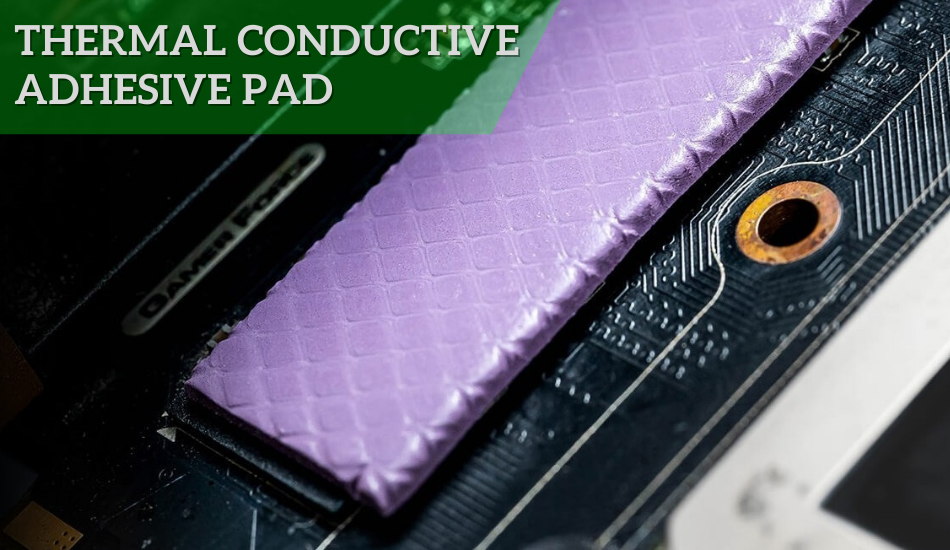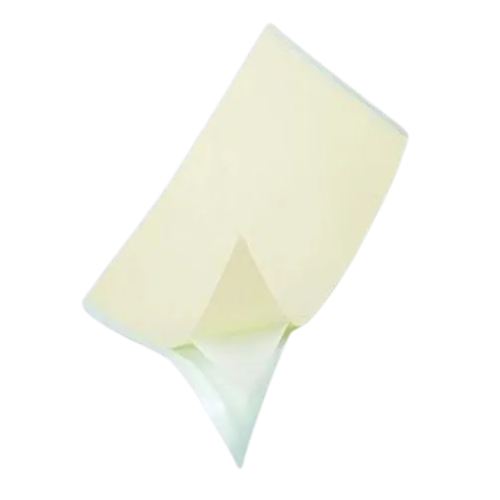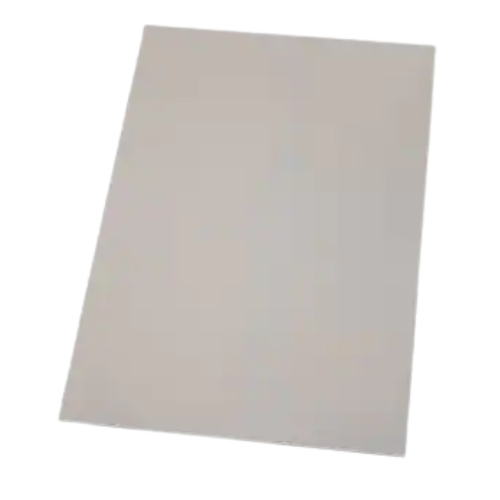What Are the Characteristics of Thermal Conductive Adhesive Pad?
The most common product is a thermally conductive adhesive pad that is used on electronic products for heat removal. Successful heat dissipation is a crucial element of any device to work properly and safely.
The thermally conductive adhesive pad provides the solution for the heat-generating components. It is highly effective and delivers high performance.
There are certain characteristics of Thermal Conductive Adhesive Pad that need to be checked before application. When you look for these factors it will enhance the performance and provide a better solution for your application.
Best Offer Available
What Do Thermal Pads Do?
The thermal conductive pads act as thermal interface materials but with some added functions. These also serve as efficient gap fillers.
The conductive pads are applied between two heat-generating components and act as the carrier of heat and transfer it to other parts.
This is also known as heat dissipation where there is a heat source and heat sink and the thermal pads protect the device from overheating.
In an application where conduction and gap filling is required, it is best to go with thermal conductive pads.
Let’s see some of the integral points of thermally conductive adhesive pads!
- Form Factor
There are several types of materials that are used as thermal interface materials. But you should understand that not every material is suitable to be used in any application.
Give attention to the space where you are using the thermal conductive adhesive pad. The thickness needs to be checked as it can reduce the performance if not incompatible with the applications.
- Thermal Conductivity
Thermal conductivity is directly proportional to the performance of the thermal conductive adhesive pad. In electronic devices, there are components that generate heat. Then there are the components that calculate and determine the amount of heat that can be dissipated at any given point.
Through this information, you can find out the amount of heat generation. This provides information about the thermally conductive adhesive pad to determine the budget for heat removal.
Knowing how much heat needs to be removed will enable you to use the right amount of thermal conductive pads.
-
Physical & Mechanical Properties
The thermally conductive adhesive pads are most common due to various reasons and factors. Some of the physical features are hardness, deflection, compression, pressure, etc.
- Electrical Insulation
Some devices are sensitive in regards to the continuity of electricity. The thermal conductive adhesive pads provide better insulation than other TIMs like greases and oils.
- Application Process
Not every thermally conductive adhesive pad has the same application; some are pressure sensitive and need some amount of force for proper application and successful adhesion.
Tips For The Right Selection of Thermal Pads
- Focus on the Overall Properties Rather Than Just Looking for Conductivity
By this, we mean that there are other factors that can affect the selection and later can prevent the right output. apart from the thermal conductivity of the silicone pad, look for the softness spectrum.
This is to ensure that if there are chances of the thermal pad getting squished or bend under some pressure, it will be able to retain its original shape.
- Ask The Needs of Your Application
Most of the thermal silicone pads are very good but cannot be used in the application. There can be specific needs like electrical isolation, or someone might need no silicone, or little outgassing. It is advisable to consider these aspects beforehand.
- The Need For Reinforcement
Sometimes when there is no pressure in the said application, there is no need for reinforcement. In an application that has pressure, there are reinforcements applied that are durable and required in many situations.
The required reinforcements come in aluminum, polyamide, fiberglass, or sil pads. Also, the thermal pads have attachment methods that have some amount of tack for proper adhesion.
Advantages of Thermal Conductive Adhesive Pads:
No Mess
By using thermal pads, you are saving yourself from making a mess and getting your hands stuck in grease and paste.
This is the best choice in applications where aesthetics is also required, or if the external façade is going to be clear or internals are visible.
Fills Bigger Gaps
The pads come in various sizes and are capable of filling some bigger gaps as well. By filling the gaps you make the device shockproof and resistant to vibration.
Even Application
By working with thermal pastes, higher skills are needed. Also knowing the right amount is also difficult for a particular place.
If the paste is not enough, it will not provide the necessary conduction, and if it is more than the required amount will be a mess and lead to waste.
Ease of Use
The pads are very easy to use as mentioned before also, but here the handling and overall installations of pads are also very simple.
Conformity
It is perfect to be used on uneven spaces and surfaces. Silicone is a soft material and quite sturdy as well in extreme temperatures and working conditions. Even if very light pressure is used you will get the best adhesion and result.
Faster Application Time
When compared to other materials like pastes and greases, the pads are best. The paste and grease require some time to get the right adhesion and it also requires time to get dry properly. There is no such constraint with thermally conductive adhesive pads.
Applications
Thermally conductive adhesive pads are used to provide electrical insulation to the hardware of the device. The conductive pads have excellent thermal conductivity and electrical insulation properties. These properties and specifications of thermal pads come in handy when bushing or bearing the surface.
Another application can be in the areas where modification is required. The thermally conductive adhesive pads are customizable as per the requirement of the device or the manufacturer. Some ceramic-based thermal materials are also available and used but they cannot be modified to the exact needs.
The adhesive pads are made of silicone or other rubber-based materials and rubber or plastic is highly customizable than ceramics-based materials.
The thermal pads are flexible to be used for gap filling as per the customized shapes of the standard devices or by the specifications of the application.
Conclusion
The thermally conductive adhesive pad can be the best option for thermal solutions in electrical devices. To ensure performance there are some factors before choosing it. Thermal conductivity, pressure, compressibility, and electrical insulation are some of the factors.



